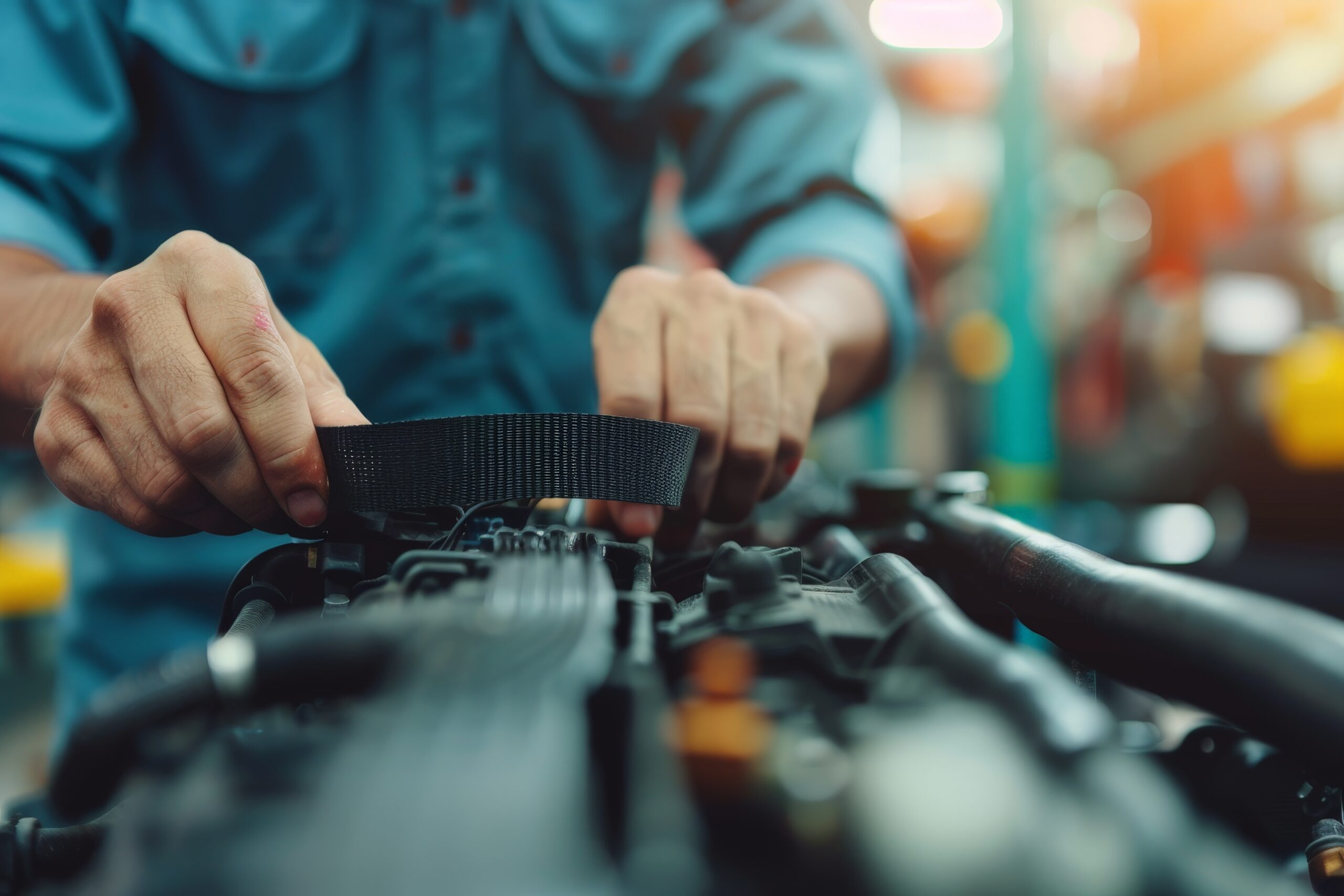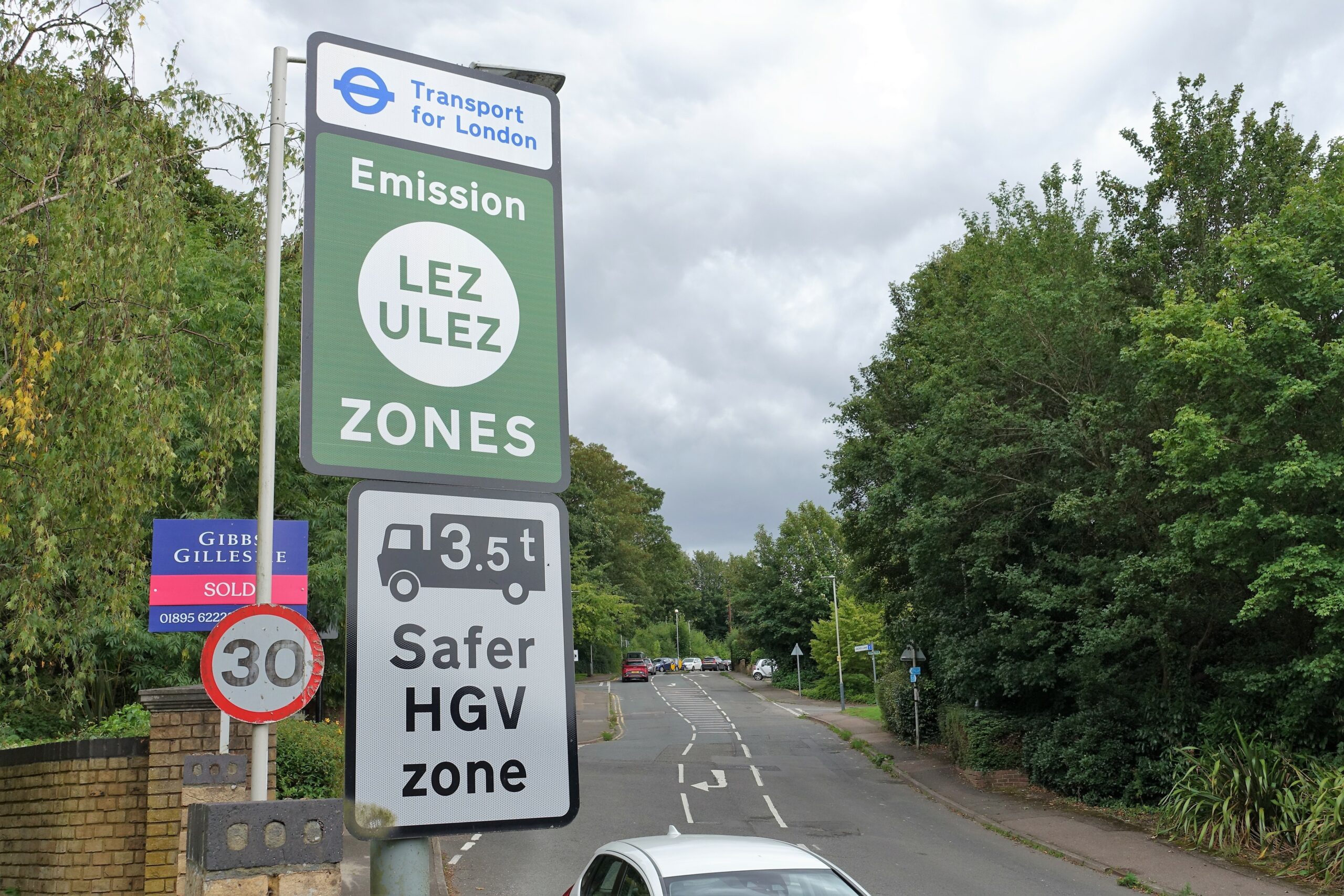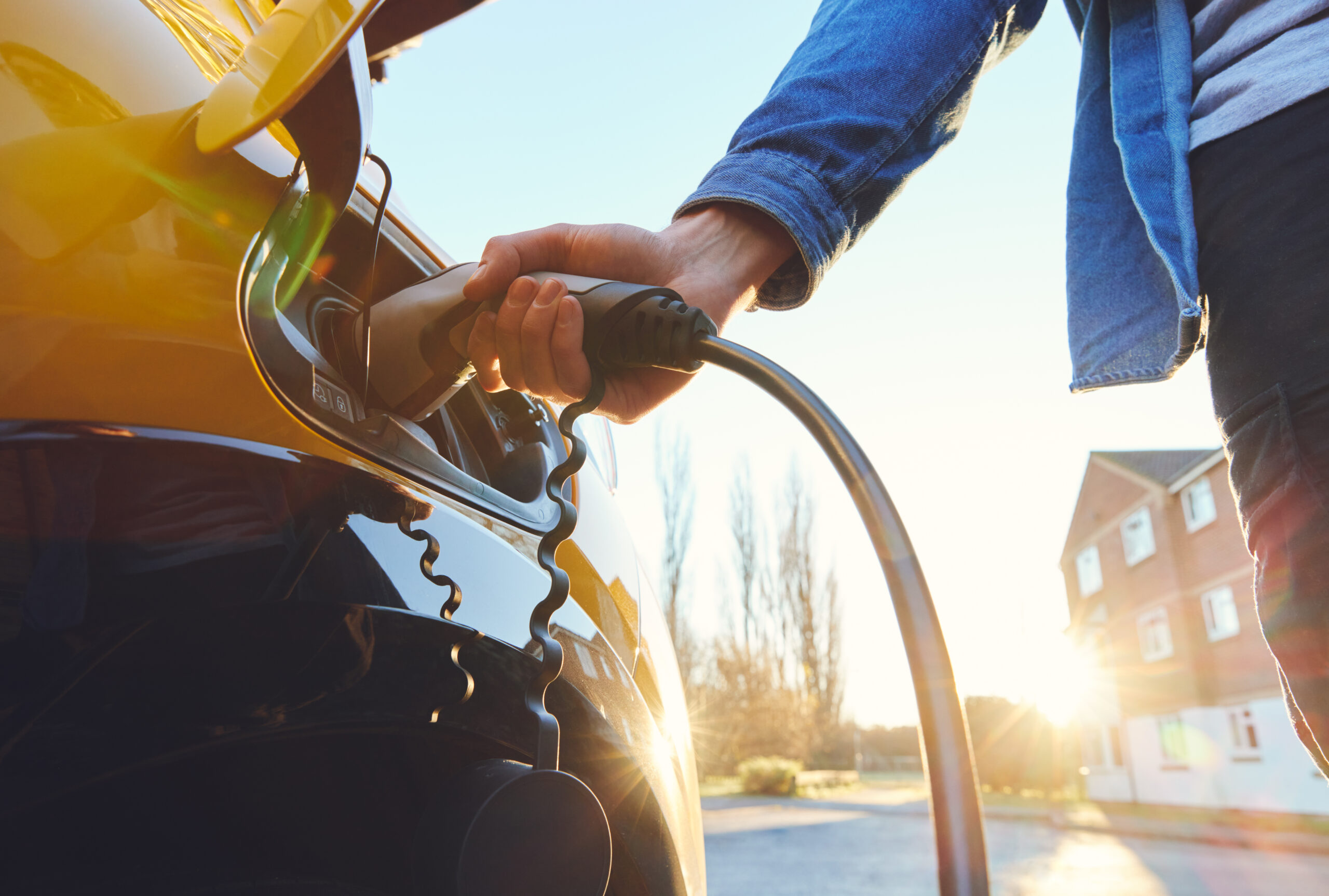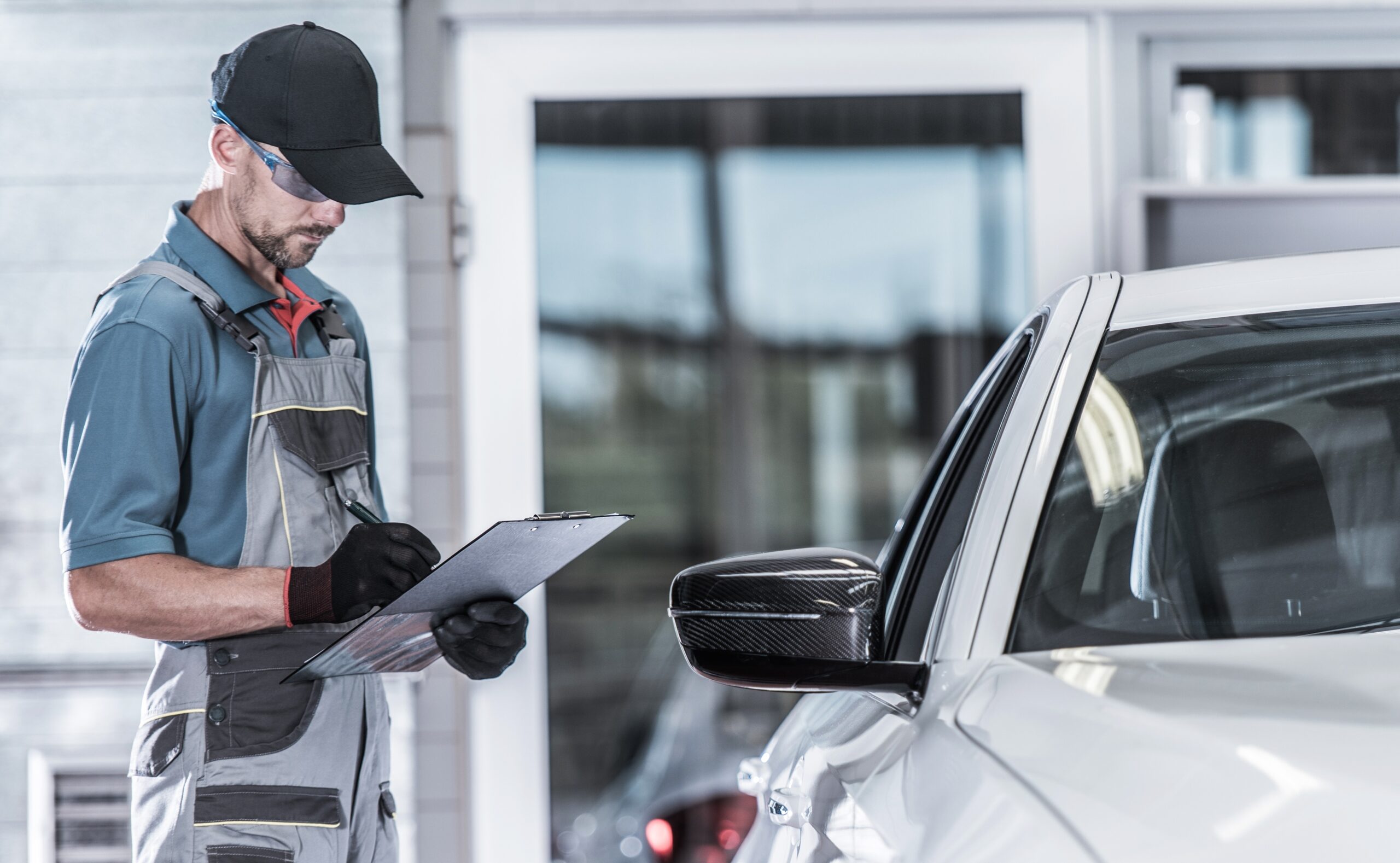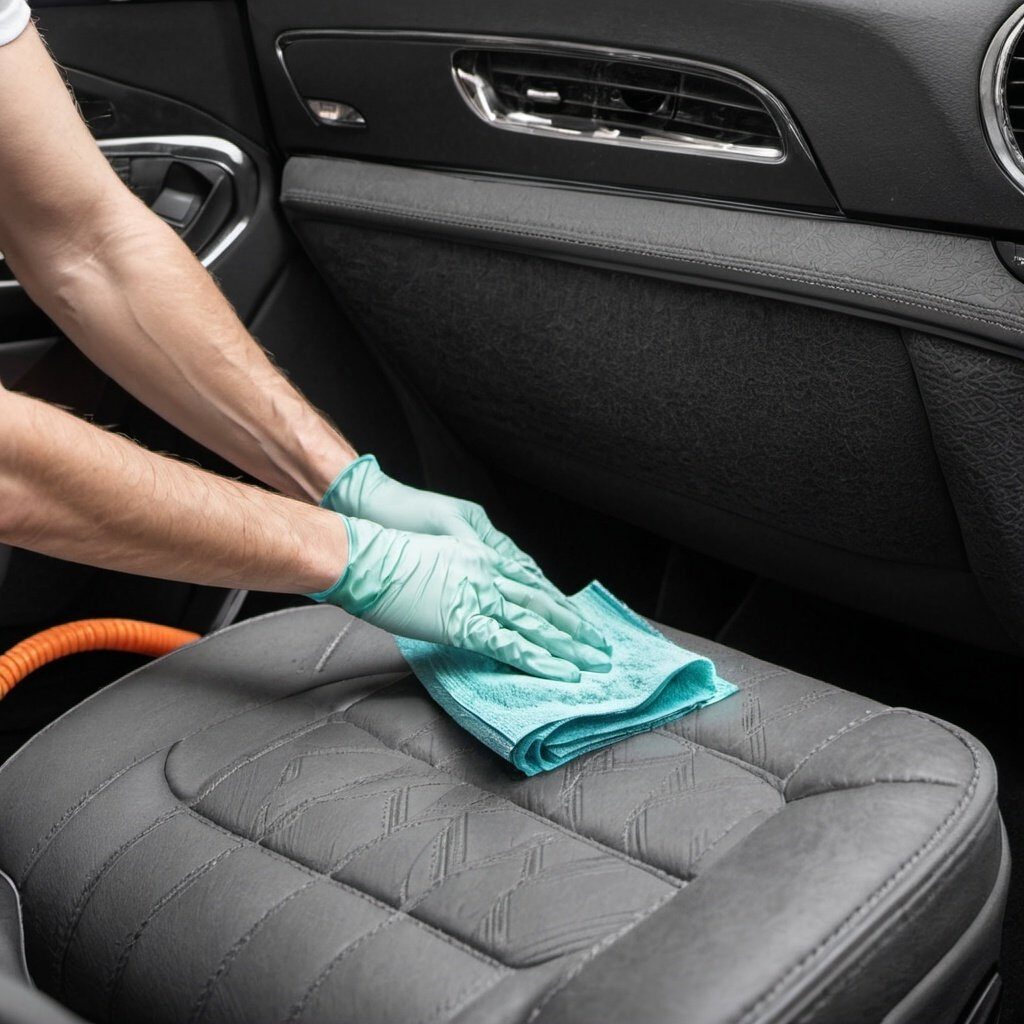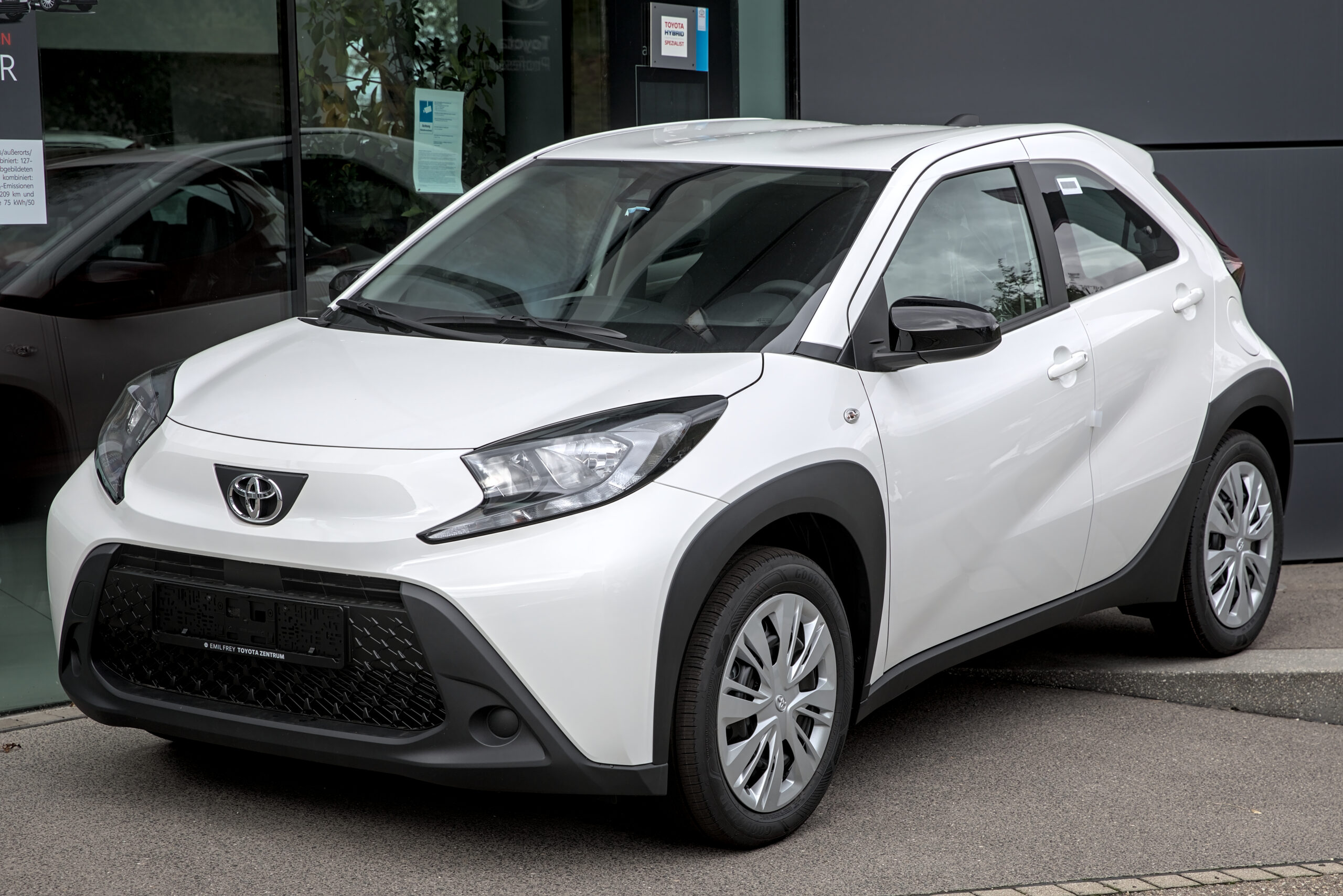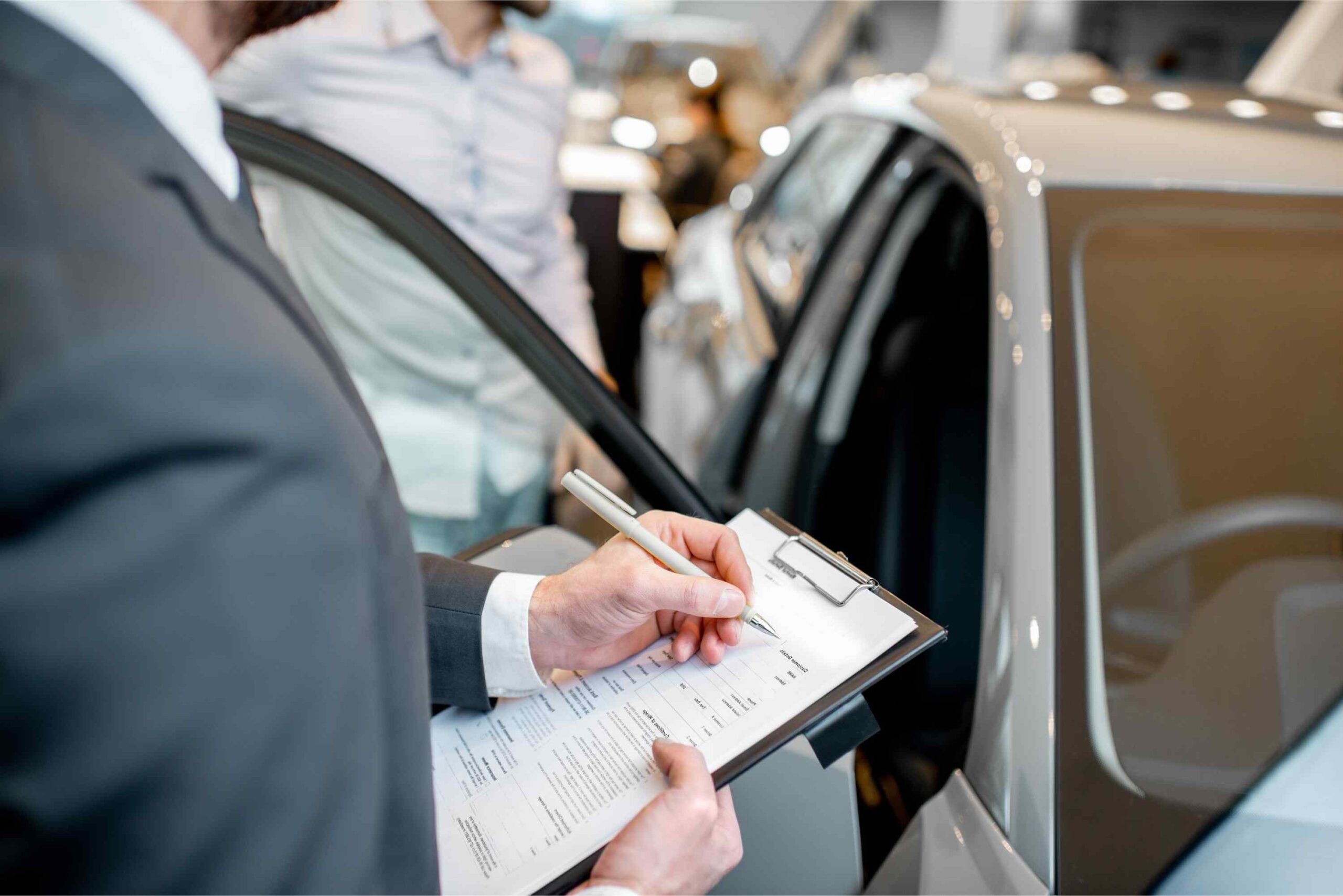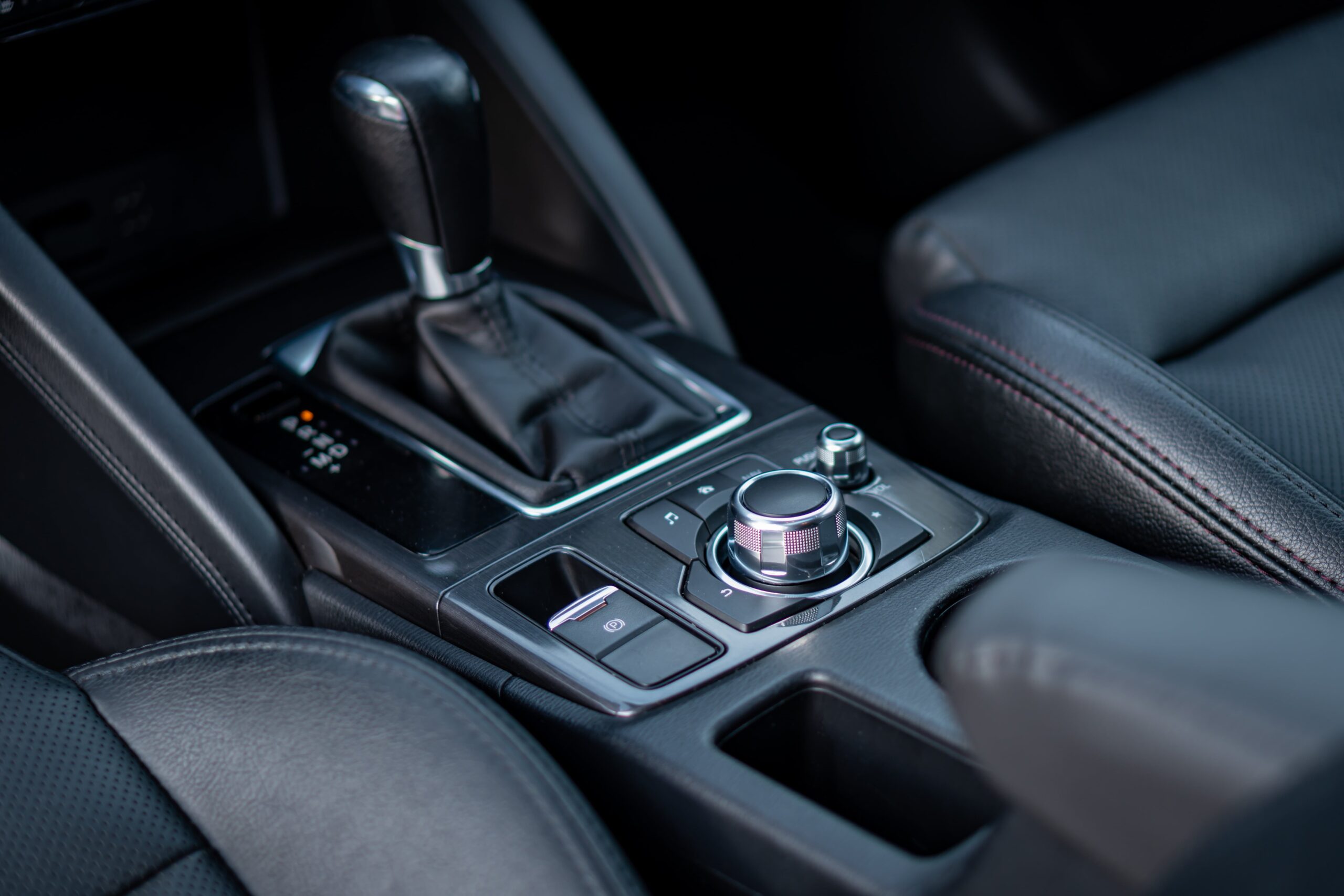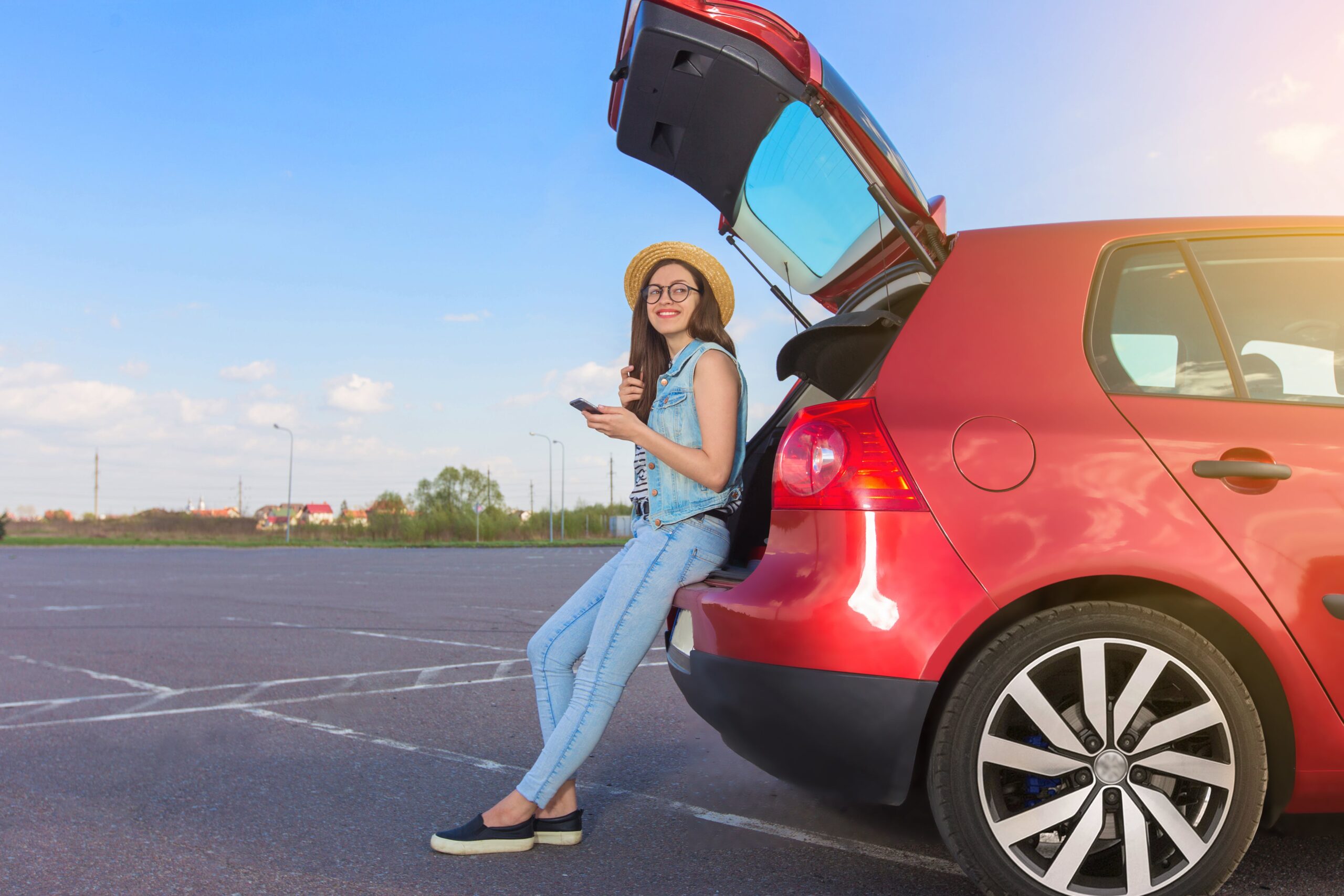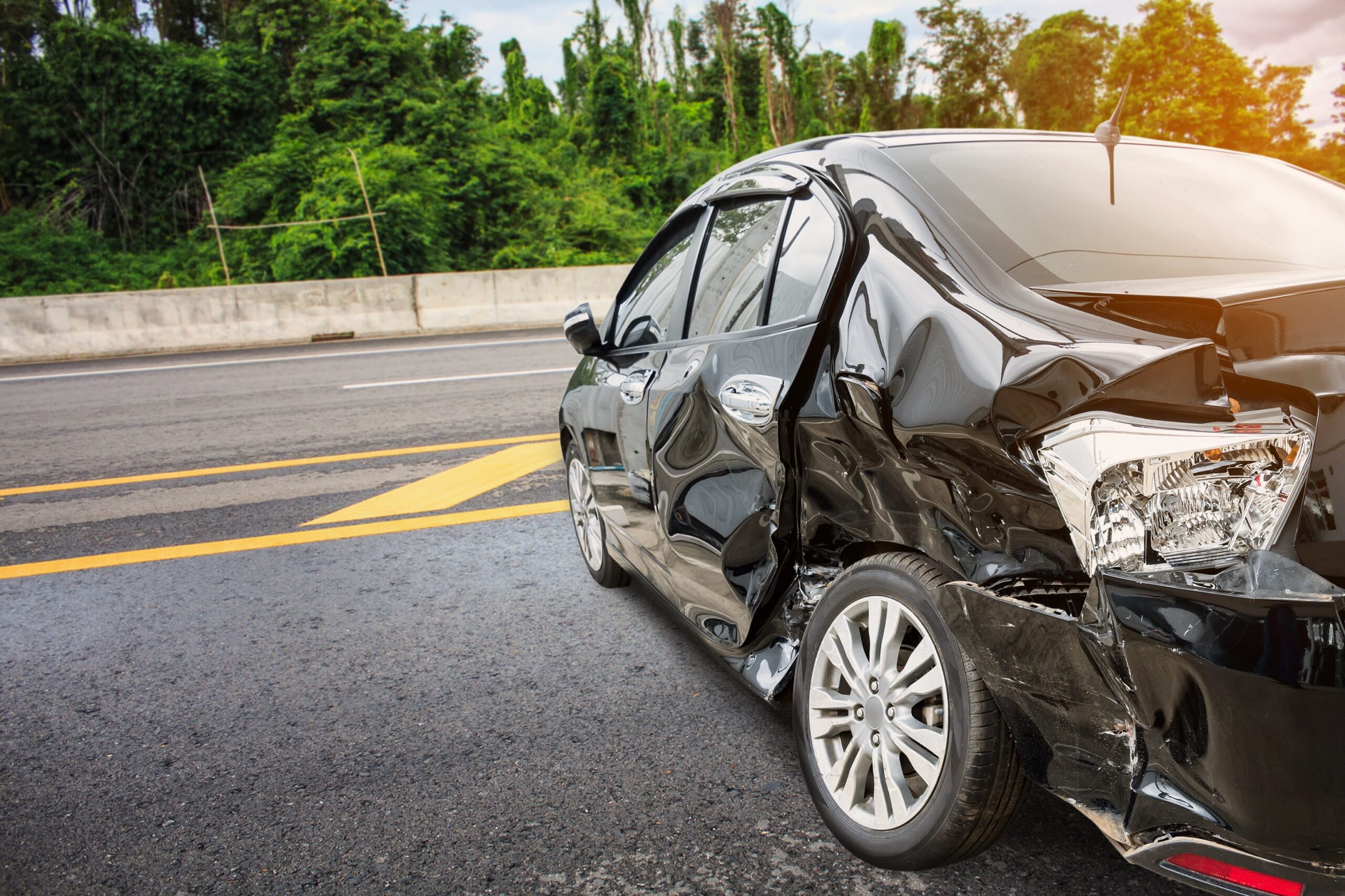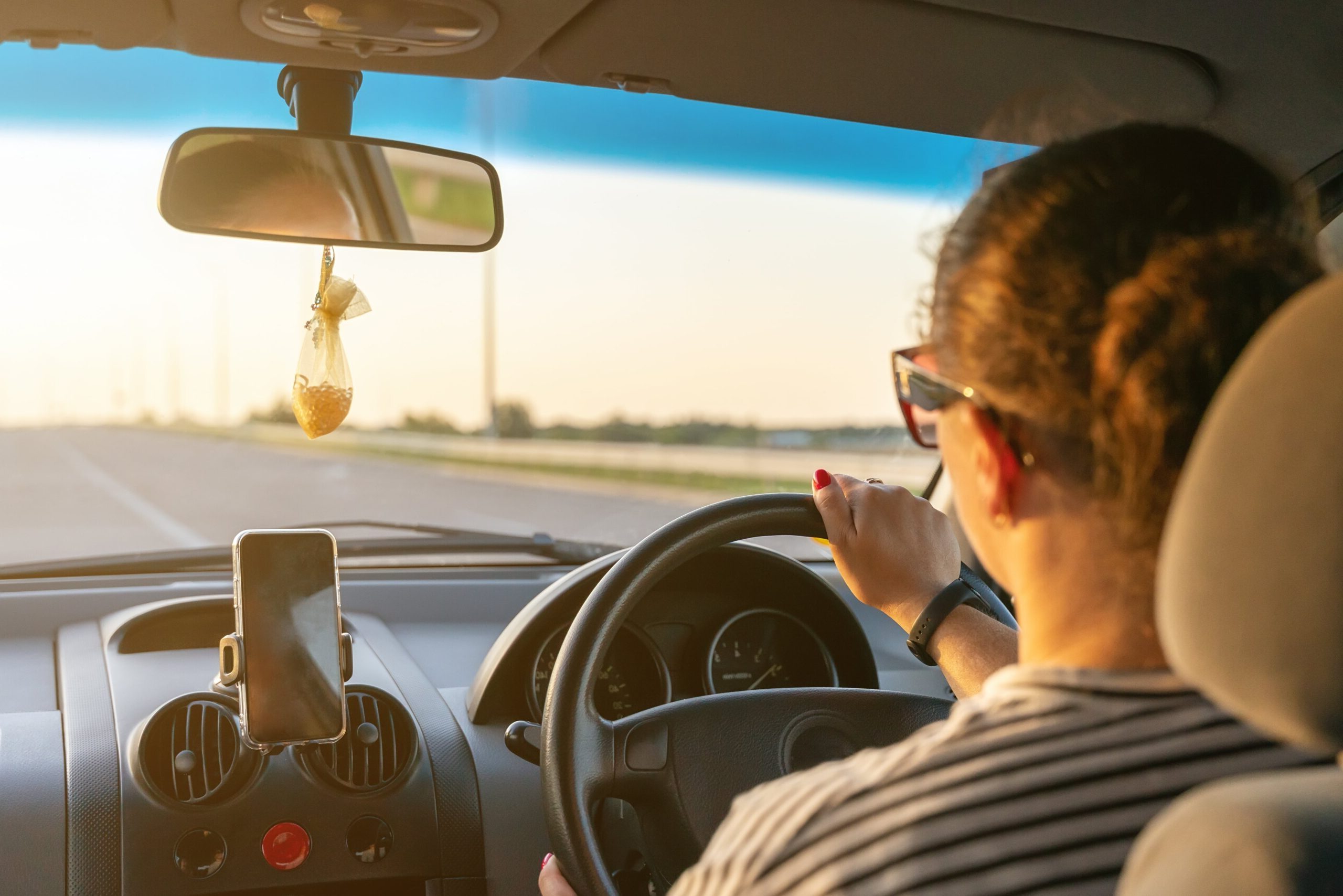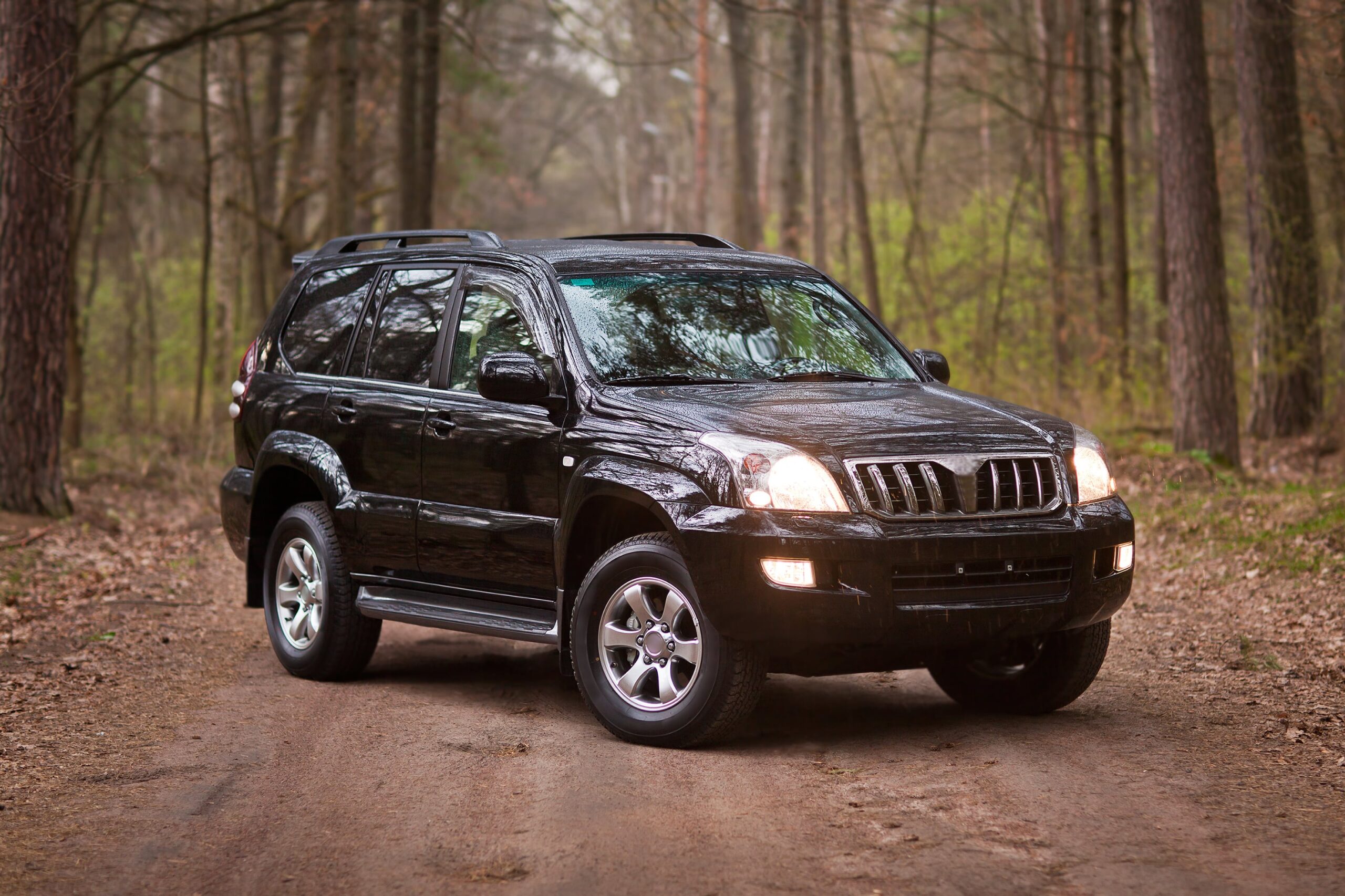
What To Do If You Break Down on The Motorway?
Motorways are considered the safest roads to travel on, but if your car breaks down, it can be a stressful and dangerous situation. The combination of high-speed traffic and little room for stopping can indeed turn a simple breakdown into a nerve-wracking predicament.
Therefore, it’s essential to be prepared and know what to do if your car breaks down on the motorway.
In this guide, we’ll outline the necessary steps to ensure your safety and get you back on the road as quickly as possible.
What To Do If You Break Down on The Motorway?
As soon as you realise your vehicle is having issues, the first thing to do is remain calm, slow down gradually, and try to exit at the next junction or motorway service area.
However, if that’s not possible, you should follow these steps.
Step 1: Go Left
If you can’t exit the motorway, your next best option is to go left. Turn on the left indicator and stay in the left lane.
If there’s a hard shoulder available, it’s your first and safest option. It’s a lane set aside on the left side of the motorway, specifically for emergencies like these.
However, not all motorways have a hard shoulder, especially smart motorways. If this is the case, keep an eye out for emergency refuge areas (ERAs).
You’ll be able to spot them by their blue signs displaying an orange or yellow SOS box. They also provide information about the distance to the next emergency area.

If you’re travelling on a ‘major A road’, try to reach a lay-by. If that’s not possible, your next best option is to get to the nearside verge.
Step 2: Get Safe
Once you’ve moved your vehicle to the left, whether that’s onto the hard shoulder, an emergency refuge area, or the nearside verge, it’s time to focus on your immediate safety.
Switch on your hazard lights immediately.
If it’s dark or foggy, keep your sidelights on as well.
This helps notify other drivers of your presence and that there may be a problem, especially in poor visibility conditions.
Next, if there’s a barrier or safety rail present, try your best to get behind it. This separates you from the moving traffic and keeps you safe.
Do understand that safety takes precedence over comfort. Even if it’s raining or snowing, you must stay outside your vehicle behind the barrier until professional help arrives. Staying inside the vehicle can expose you to unnecessary risk in the event of a collision.
Pets, if any, should be kept inside the vehicle. This is to prevent them from running onto the live carriageway and potentially causing accidents or coming to harm.
Also Read: 10 Ways to Get Your Car Ready for Winter
Step 3: Get Help
When you’re safely positioned, it’s time to get help. If you’ve managed to stop in an emergency area (EA), you’ll find an SOS phone provided for just this purpose. Using this phone will automatically give the regional operation centres your exact location, making it easier for them to find you and get to you quicker.
If you’re not near an emergency area, use your mobile phone to dial the Emergency telephone motorway number 0300 1235000 for assistance.
Once in contact with them, the authorities will provide you with advice on what to do next.
You can then call your breakdown provider, notifying them of your exact location.
Make sure to provide them with details about your situation so that they can assist you accordingly.
Is Your Broken Car Getting You Down?
Why stress about repairs when you can sell it instantly? Enter your vehicle’s registration and mileage for a quick, hassle-free sale. No hidden charges.
Step 4: Wait for Help
You’ve done everything you can to stay safe and get help. Now, all that’s left is to wait for it to arrive.
In the meantime, do not attempt any repairs on your vehicle yourself especially if you’re not trained to do so.
Do not accept help from strangers who stop by, even if they seem well-intentioned. Politely decline and wait for professional help to arrive. This is important for your safety and security.
How Should You Rejoin the Motorway after a Breakdown?
Once your vehicle is repaired and ready to go, or your recovery vehicle has arrived, you will need to rejoin the motorway.
Before doing so contact authorities providing them with your exact location and intention to leave. This allows them to take necessary precautions, such as closing off lanes and warning other motorists about your vehicle rejoining the traffic, thereby ensuring a safer exit for you.
Upon exiting, remember to build your speed on the hard shoulder before merging with the traffic. Observe the traffic flow, indicate your intention to merge, and join when it’s safe to do so.
Remaining vigilant and cautious during this process is crucial to ensure your safety and the safety of other road users.
Related: 9 Essential Motorway Driving Tips for Beginners
What if you Break Down in a ‘live’ Lane?

If your car stopped in a ‘live lane’ and you can’t move it to the left, it’s unsafe to leave the vehicle.
In this situation, follow these steps:
- Do not exit the vehicle
- Put your hazard lights on
- Keep your seatbelt fastened
- Immediately dial 999 for emergency help and inform them of your situation and location
- Follow the operator’s instructions carefully
You can learn more about what to do if you break down in Highway Code rules 274 to 287.
Things Not To Do If You’ve Broken Down on The Motorway
While it’s crucial to know what to do in case of a motorway breakdown, it’s equally important to understand what not to do to keep yourself safe.
Don’t Attempt Repairs: It’s Not Worth The Risk
Attempting repairs, even simple ones, can put you in unnecessary danger. Even if you’re a seasoned mechanic, the motorway isn’t the place to showcase your skills. The speed of passing traffic and a lack of safe space make it a dangerous proposition. Leave the repairs to professionals and focus on your safety.
Don’t Stand Next To Your Vehicle: Stay Away From Oncoming Traffic
While waiting for help, it’s essential that you don’t stand next to your car or between your car and the oncoming traffic. This puts you at risk of being hit if another vehicle collides with your car.
Don’t Use A Warning Triangle: It’s Not Safe
While warning triangles can be useful on slower roads, they’re not safe to use on motorways due to the high speeds of passing cars. Setting up a warning triangle might put you dangerously close to the traffic.
Don’t Stand Downstream Of Your Vehicle: Even Behind The Barrier
Even if you’re behind the barrier, don’t stand downstream (i.e., in the direction the traffic is moving towards) of your car. If a car collides with your vehicle, it could be pushed towards you, leading to a potential accident.
Don’t Take Your Pets Out: They Could Run Onto The Road
If you have pets with you, keep them inside the vehicle. An open motorway is not a safe place for them, and there’s a risk they may run out onto the road, causing further accidents.
By avoiding these actions, you can significantly increase your safety during a motorway breakdown, allowing you to get back on the road as quickly and safely as possible.
Broken Down on The Motorway with No Cover
If you find yourself broken down on the motorway with no cover, don’t panic. You still have options.
One of the first things you can do is to contact a reputable breakdown cover provider. Some providers may offer instant cover, which could mean getting help right away.
Alternatively, you could ring up a local garage. They might be able to send out a mechanic or recovery vehicle to help you out.
If neither of these options works, emergency recovery is available, and they will tow your vehicle to a recovery site. This could be a local garage or a site managed by Highways England.
Please note that there might be a charge for this service.
Is It Illegal to Change Tyre on Motorway?
The answer is no, it’s not illegal in the UK. However, it is highly discouraged due to the extreme danger involved. The hard shoulder, often the only place available for such a task, is a hazardous area with high-speed traffic passing dangerously close by.
A puncture on the motorway or flat tyre is undoubtedly inconvenient, but attempting a tyre change in this setting could result in serious accidents, leading to injuries or worse.
Therefore, it’s always safer to seek professional help when faced with a tyre issue on the motorway.
Final Thoughts
We hope this guide has provided you with valuable information on what to do in case of a motorway breakdown and how to stay safe until help arrives. Safety should always be your top priority when faced with an unexpected situation on the road.
Remember to remain calm, follow the necessary steps and wait for professional help.
If you’re dealing with a car that’s broken down and you’ve decided it’s time to move on from it.
Check out our Sell My Damaged Car service and get the best price for your vehicle today.
